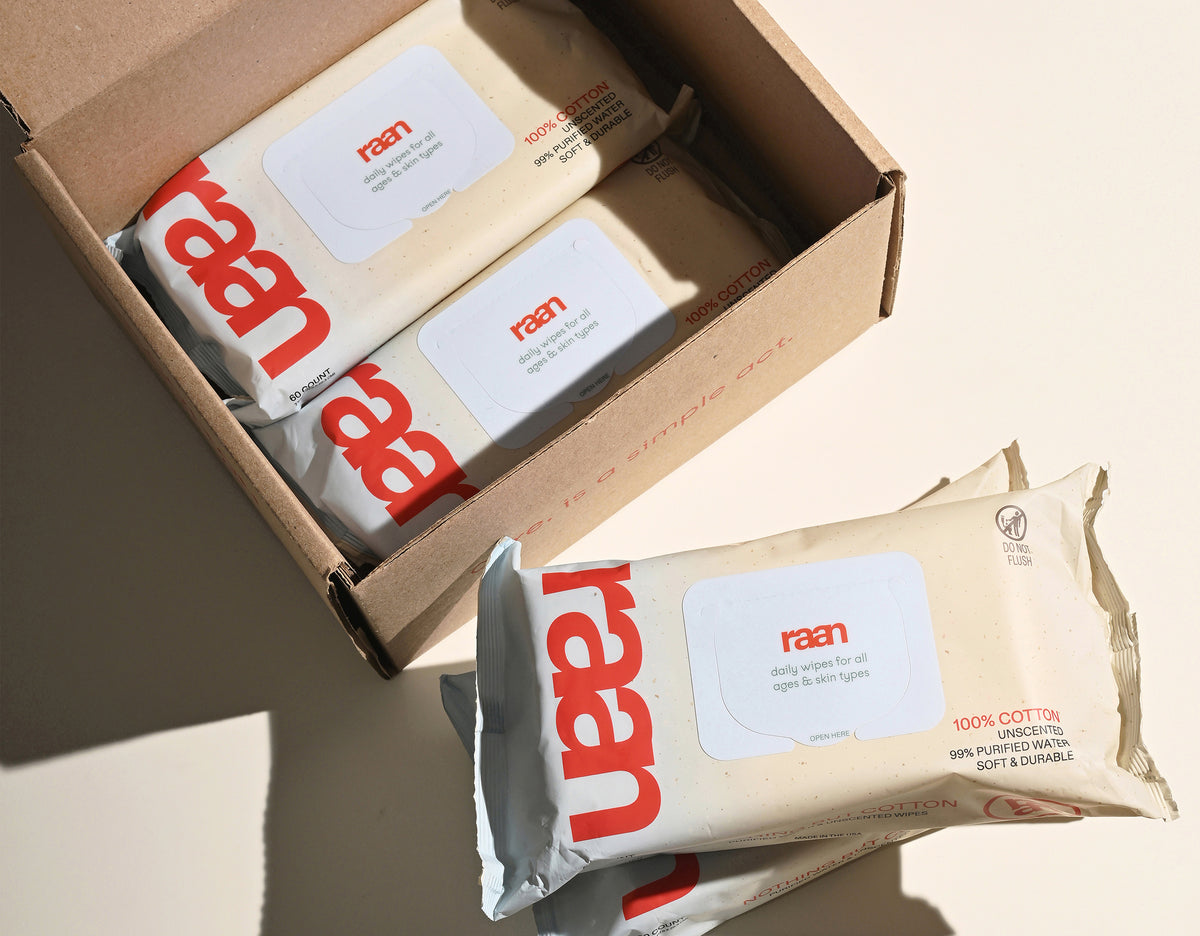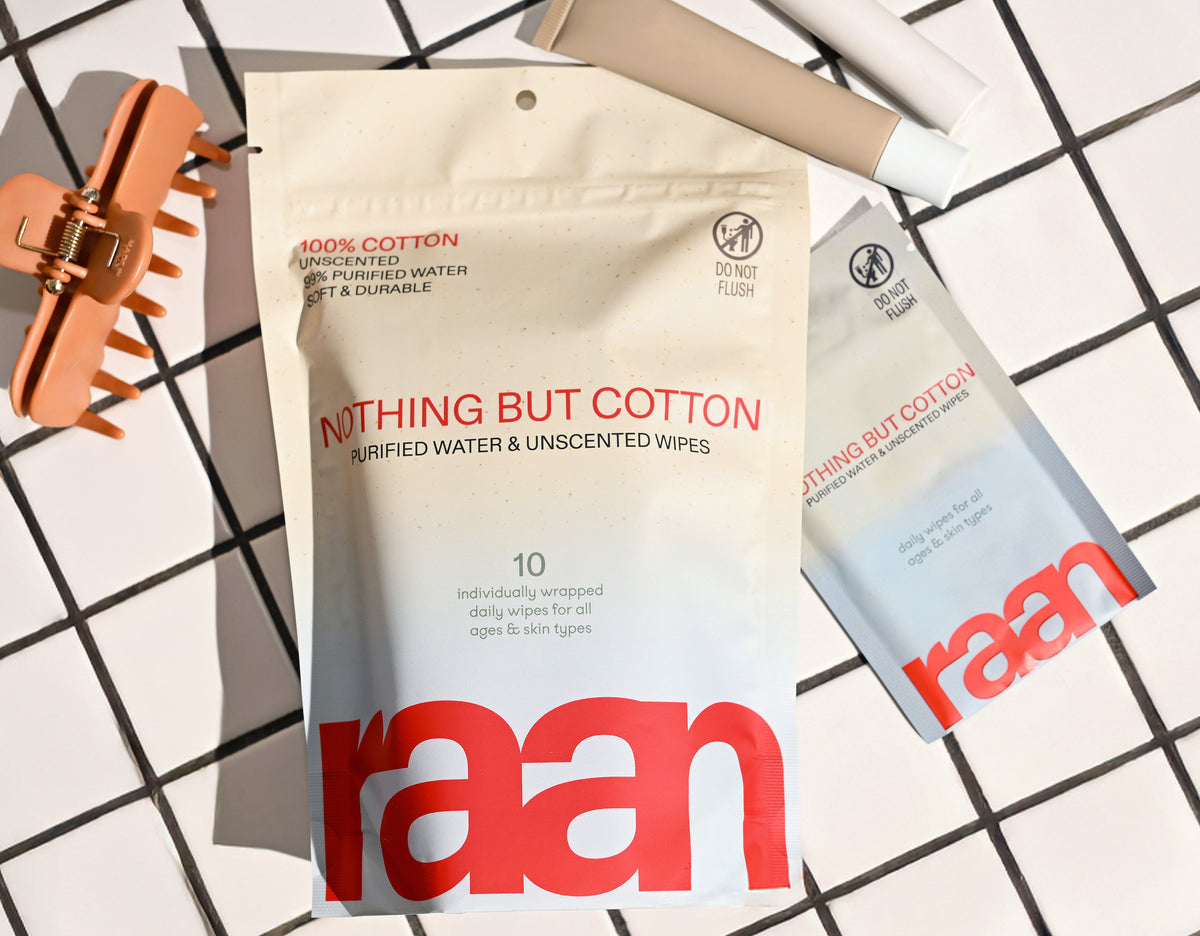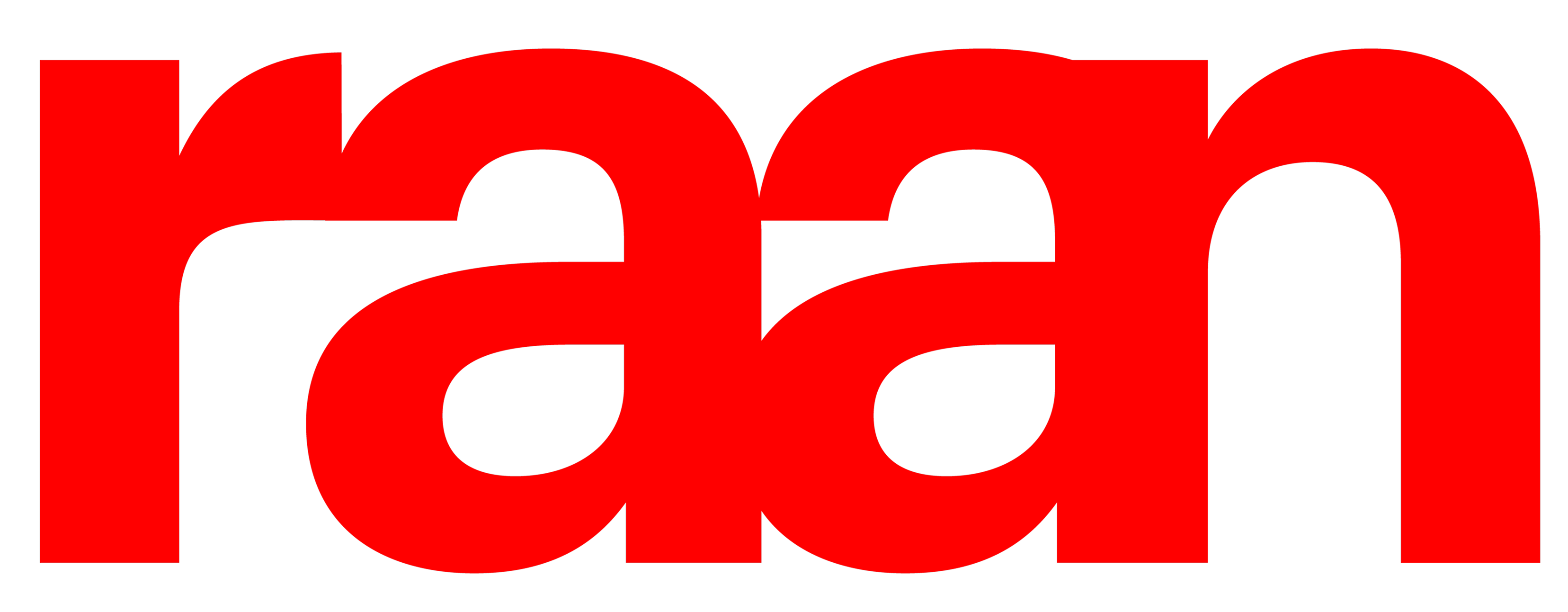Key Takeaways
- Creating a newborn essentials checklist should be straightforward and based on actual needs.
- Many product lists are overwhelming and influenced by marketing rather than necessity.
- Effective preparation involves understanding what your newborn truly requires.
- Years of observing parents reveal common pitfalls in choosing newborn products.
Table of Contents
- What Is a Newborn Essentials Checklist & Why Does It Matter?
- How to Build a Personalized Newborn Essentials Checklist
- Core Essentials by Category, What Every Newborn Needs
- Safety-First Choices, How to Know What's Truly Safe for Your Newborn
- Ingredient Deep-Dive, What's Inside the Care Products You'll Use Daily
- Product Comparison Guides, How to Choose What Works for Your Family
- Troubleshooting Real-World Newborn Essentials Challenges
- Making Your Home Newborn-Ready, Step-by-Step Prep Guide
Newborn Essentials Checklist: Science-Backed Guide
Creating a newborn essentials checklist shouldn't feel like solving a puzzle with missing pieces. After years of watching parents navigate misleading claims and overwhelming product lists, we've learned that the best preparation comes from understanding what your newborn actually needs, not what marketing wants you to buy. The Only Unbleached, 100% Cotton Baby Wipe for Sensitive Skin is a great example of a product that focuses on true necessity and safety.
This guide cuts through the noise with science-backed essentials for your baby's first three months. We'll cover safety standards that matter, ingredient transparency that protects delicate skin, and practical choices that work in real homes with real budgets. Whether you're a first-time parent or adding to your family, you'll find actionable insights rooted in function, not aspiration. The starter set can help you cover the basics without overbuying, making your preparation more efficient and less stressful.
From feeding and sleeping basics to the daily care products that touch your baby's skin dozens of times each day, every recommendation here serves a clear purpose. No fluff, no fear-mongering, just the essentials that help you care for your newborn with confidence and clarity.
What Is a Newborn Essentials Checklist & Why Does It Matter?
A newborn essentials checklist covers the specific items your baby needs from birth through their first three months, a distinct period when their needs differ significantly from older infants. Unlike broader "baby" lists that span years, newborn checklists focus on immediate safety, feeding, and basic care during those crucial early weeks.
The science is clear: newborns require specific safety standards. Safe sleep guidelines from the American Academy of Pediatrics show that proper sleep environments reduce SIDS risk by up to 50%. Similarly, their skin barrier is 40% thinner than adult skin, making ingredient transparency in daily-use products critical for preventing irritation and allergic reactions. For more on how to protect your baby's delicate skin, read about sensitive newborn skin.
Quick Answer: What Do I Need Before Baby Arrives?
Must-haves for the first two weeks: Safe sleep surface, car seat, feeding supplies (breast pump or bottles), newborn diapers, gentle wipes, 6-8 onesies, 4-6 sleepers, and basic bathing supplies.
Nice-to-haves: Swaddles, pacifiers, bouncer seat, and extra blankets.
Common misconceptions create unnecessary stress and expense. You don't need a perfectly decorated nursery, dozens of outfits, or every gadget marketed to new parents. Focus on safety-certified essentials that serve clear functions, your newborn needs secure attachment, proper nutrition, clean diapers, and gentle care products that won't irritate their developing skin.
How to Build a Personalized Newborn Essentials Checklist

Start by mapping your specific needs across five key factors: feeding method, living space, climate, medical considerations, and lifestyle. Breastfeeding parents need different supplies than formula feeders. Small apartments require space-efficient choices. Cold climates demand more clothing layers.
Create a priority matrix with three columns: immediate needs (first 48 hours), first-week essentials, and first-month additions. This prevents overwhelming purchases while ensuring you're prepared for those sleep-deprived early days when shopping becomes nearly impossible.
Prep Timeline for Your Newborn Needs Checklist
- Week 32-34: Purchase big items (car seat, crib, changing table)
- Week 35-36: Stock consumables (diapers, wipes, formula if needed)
- Week 37-38: Pack hospital bag, prep immediate postpartum supplies
- Week 39+: Final safety check, install car seat, prep feeding station
Focus on versatile items that grow with your baby and multi-purpose products that reduce clutter. A well-planned newborn essentials checklist eliminates guesswork and ensures every purchase serves a genuine need during those precious, overwhelming first months. For more tips on what to include, check out this guide to essentials for infants.
Core Essentials by Category, What Every Newborn Needs
Feeding Essentials
Breastfeeding: Nursing bras (2-3), breast pump, milk storage bags, nipple cream, nursing pads. Formula feeding: 6-8 bottles, formula supply, bottle brush, sterilizer. Both methods: Burp cloths (6-8), bibs (4-6).
Diapering Essentials
Daily needs: Newborn diapers (2-3 packs), gentle wipes, changing pad, diaper rash cream. Newborns use 10-12 diapers daily, so stock accordingly. Choose wipes with minimal ingredients, Raan's unbleached, 100% cotton wipes contain just five EWG-verified ingredients, avoiding the synthetic additives and plastic fibers found in conventional options. Unbleached, 100% Cotton Pocket Wipe for Sensitive Skin is a convenient option for diaper changes on the go.
Sleeping Essentials
Safe sleep setup: Firm mattress, fitted sheets (3-4), sleep sacks or swaddles (3-4). Avoid loose bedding, bumpers, or pillows, these increase SIDS risk. Room-sharing is recommended for the first six months.
Clothing Essentials
Newborn and 0-3 month sizes: Onesies (8-10), sleepers (6-8), pants (4-6), socks (8-10 pairs), hats (2-3).
Newborns outgrow clothes quickly, but having the right sizes and fabrics keeps them comfortable and makes dressing easier for you. Cotton remains the safest choice for sensitive newborn skin, it's breathable, soft, and easy to wash repeatedly. Learn more about the benefits of unbleached cotton for your baby's clothing and essentials.
Essential tip: Buy more in 0-3 month sizes than newborn. Many babies skip newborn sizing entirely, and you'll use 0-3 month clothes for several months.
Nursery Must-Haves
Sleep setup: Firm crib mattress, fitted sheets (3-4), sleep sacks (2-3), blackout curtains.
Storage and organization: Dresser with changing pad on top, diaper caddy, laundry basket.
Keep the nursery minimal and functional. The safest sleep environment is bare, just a fitted sheet on a firm mattress. Everything else is about your convenience and organization, not safety requirements.
Health & Safety Essentials
Medical basics: Digital thermometer, infant acetaminophen (after 2 months), saline drops, soft-bristle brush.
Safety gear: Outlet covers, cabinet locks, baby gates (for later), car seat properly installed.
Your pediatrician will guide you on medications and health monitoring. Focus on having accurate temperature-taking tools and basic infant-safe remedies for common issues like congestion.
On-the-Go Gear
Travel essentials: Infant car seat, stroller, diaper bag, portable changing pad, carrier or wrap.
Convenience items: Pacifiers (if using), burp cloths, extra outfit, blanket.
Start with basic gear and add items based on your actual travel patterns. A simple umbrella stroller and soft carrier often work better than elaborate travel systems for everyday errands. For families who want to be prepared for any mess, the mess-ready pack is a smart addition to your diaper bag or car.
Safety-First Choices, How to Know What's Truly Safe for Your Newborn
Real safety comes from following evidence-based guidelines, not marketing claims. The American Academy of Pediatrics provides clear standards for sleep safety, while organizations like the Environmental Working Group (EWG) verify ingredient safety in personal care products.
Sleep safety non-negotiables: Firm mattress, fitted sheet only, no loose bedding, bumpers, or toys in the crib. These guidelines have reduced SIDS rates by over 50% since the 1990s. Room-sharing without bed-sharing is recommended for at least the first six months.
Skin safety indicators: Look for specific certifications like EWG Verified, which requires full ingredient disclosure and safety verification. Avoid vague terms like "gentle" or "natural", these aren't regulated. Instead, choose products with minimal, clearly listed ingredients that serve specific functions. For more on what EWG Verified means, see this article on EWG Verified products.
Red flag ingredients for newborns: Fragrances (even "natural" ones), formaldehyde-releasing preservatives, and products with plastic fibers that can irritate sensitive skin. When building your newborn essentials checklist, prioritize products with transparent ingredient lists over marketing promises.
Check for small parts, loose components, or anything that could become a choking hazard. Products should meet current safety standards, look for JPMA (Juvenile Products Manufacturers Association) certification on gear like strollers and high chairs.
Ingredient Deep-Dive, What's Inside the Care Products You'll Use Daily

You'll use wipes multiple times daily, making ingredient safety crucial. Conventional wipes often contain plastic fibers, synthetic fragrances, and preservatives that can irritate newborn skin. Understanding what's actually in these products helps you make informed choices. For more details on choosing the best baby wipes for newborns, see our in-depth comparison.
Common wipe ingredients to question: Polypropylene (plastic), phenoxyethanol, fragrance blends, and bleached materials. These add texture, shelf life, or scent but don't improve cleaning function, and may cause skin reactions in sensitive newborns.
Raan wipes contain just five EWG-verified ingredients: purified water (99% of the formula), sodium benzoate and potassium sorbate (food-grade preservatives), ethylhexylglycerin (skin-conditioning), organic aloe (moisturizer), and citric acid (pH balance). Each ingredient serves a specific function, and all are verified safe for sensitive skin.
| Feature | Raan Wipes | Conventional Wipes |
|---|---|---|
| Material | Unbleached, 100% cotton | Plastic fibers, bleached materials |
| Ingredient Count | 5 EWG-verified ingredients | 15-25+ ingredients, many undisclosed |
| Preservatives | Food-grade sodium benzoate, potassium sorbate | Synthetic preservatives, formaldehyde-releasers |
| Fragrance | None | Fragrance blends, essential oils |
| Transparency | Full ingredient disclosure | Vague terms |
| Plastic content | Zero plastic fibers | Woven with plastic for durability |
The material matters as much as the formula. Unbleached cotton is naturally gentle and biodegradable, while plastic-based wipes can leave microfibers on sensitive skin and don't break down after disposal.
Why fewer ingredients work better: Each additional ingredient increases the chance of skin reactions. Newborns have thinner skin barriers than adults, making them more susceptible to irritation from unnecessary additives like fragrances, dyes, or complex preservative systems.
Product Comparison Guides, How to Choose What Works for Your Family
Making the right choices for your newborn essentials checklist means understanding the real differences between options, not just marketing claims. Here's how to evaluate the most important decisions you'll face.
| Factor | Disposable Diapers | Cloth Diapers |
|---|---|---|
| Skin safety | Chemical absorbents, potential irritants | Natural fibers, breathable, customizable |
| Daily cost | $0.25-0.35 per diaper | $0.10-0.15 after initial investment |
| Convenience | Grab and go, no prep | Washing, drying, stuffing required |
| Environmental impact | Landfill waste, 500+ years to decompose | Water usage, but reusable for years |
Sleep setup comparison: Bassinets work well for the first 3-4 months and take up less space, while cribs last until toddlerhood. Both need the same safety standards, firm mattress, fitted sheet only, no loose bedding.
Feeding method considerations: Breastfeeding requires nursing bras, breast pads, and a comfortable chair. Bottle feeding needs bottles, formula, sterilizing equipment, and more burp cloths. Many families use both, so consider having basic bottle supplies even if planning to breastfeed exclusively.
Glass vs. plastic bottles: Glass is easier to clean thoroughly and doesn't retain odors, but it's heavier and can break. BPA-free plastic is lighter for travel but may need replacing more frequently. Start with 2-3 bottles to test your baby's preferences before buying a full set. For more information on newborn care, visit the CDC's newborn care resource.
Troubleshooting Real-World Newborn Essentials Challenges
Even the most thorough newborn essentials checklist can't predict every challenge. Here's how to handle common situations that catch new parents off-guard.
When your baby refuses bottles or pacifiers: Try different nipple shapes and flows. Some babies prefer wide-neck bottles, others like narrow. Introduce bottles between 3-6 weeks if breastfeeding, when nursing is established but baby hasn't developed strong preferences yet.
Rapid size changes: Newborns can outgrow clothes weekly. Keep tags on larger sizes until needed, and don't wash everything at once. Have 0-3 month clothes ready immediately, many babies never fit newborn sizes.
Space-saving solutions: Use over-the-door organizers for small items, under-crib storage for extra supplies, and wall-mounted changing stations in small spaces. A rolling cart can hold diapers, wipes, and clothes while moving between rooms as needed.
Managing supply levels: Stock one week's worth of diapers in each size, rotating older stock forward. Keep backup wipes in multiple locations, diaper bag, car, nursery, and main living area. For clothes, aim for 7-10 outfits per size since newborns can go through 2-3 changes daily.
Product rejection solutions: Babies develop preferences quickly. Buy small quantities initially, 2 pacifiers, not 6; one package of diapers per brand to test fit; sample sizes of lotions before committing to full bottles. For more troubleshooting tips, see our article on soft wipes for newborn skincare.
Making Your Home Newborn-Ready, Step-by-Step Prep Guide

Transform your space into a functional newborn environment with advice from trusted sources. For additional guidance, the March of Dimes offers a helpful overview on newborn care.
Frequently Asked Questions
What are the most important items to include in a newborn essentials checklist for the first three months?
Focus on safe sleep gear, basic clothing, feeding supplies, diapering essentials, and gentle skincare products. Each item should serve a clear, functional purpose to support your baby's immediate needs without overcomplicating your setup.
How can parents distinguish between marketing hype and truly necessary newborn products?
Look for products grounded in safety and function rather than flashy claims or trends. Prioritize items with transparent ingredient lists and certifications, and avoid those that promise more than they deliver or add unnecessary complexity.
Why is ingredient transparency important when choosing daily care products for a newborn's sensitive skin?
Newborn skin is delicate and easily irritated, so knowing exactly what’s in your care products helps you avoid harsh chemicals, synthetic preservatives, or hidden additives. Transparency builds trust and ensures you’re using products that are genuinely safe and gentle.
What safety standards should I look for when selecting sleep gear and other newborn essentials?
Choose sleep gear that meets recognized safety guidelines like firm, flat sleep surfaces and breathable materials. For all essentials, verify certifications such as EWG Verified or cruelty-free status, and confirm products are free from harmful substances like bleach, plastic fibers, or synthetic fragrances.






